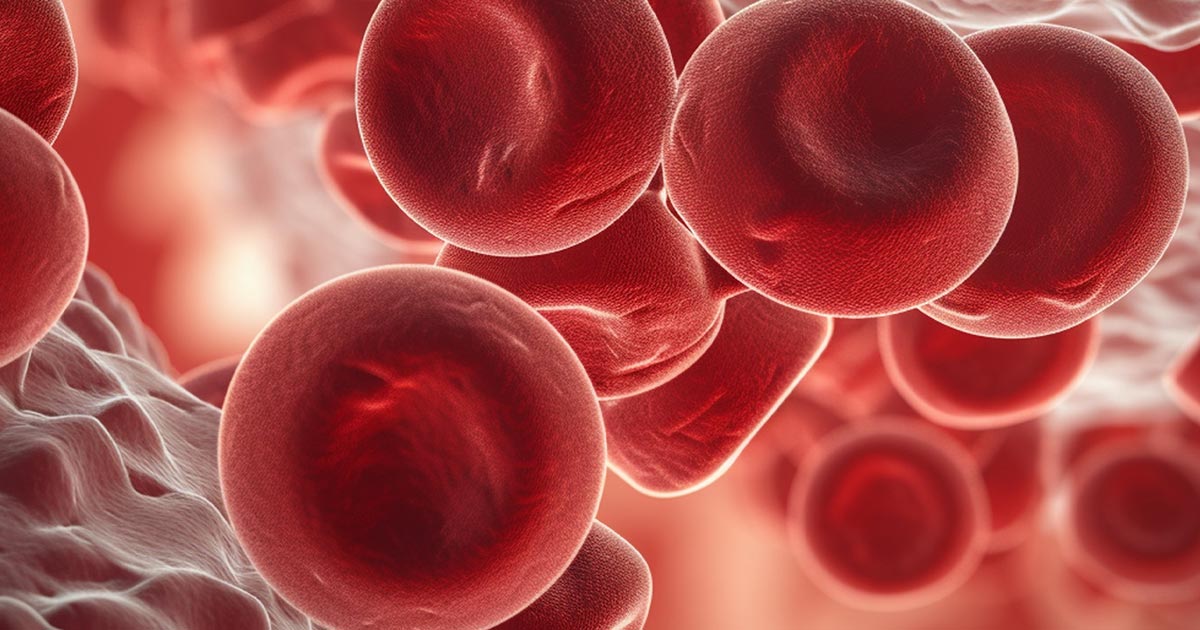Case 1: Discussion/Future Considerations
Ilene C. Wetiz, MD, professor of clinical medicine at the Keck School of Medicine at the University of Southern California, discusses important points to keep in mind when approaching thrombosis in patients with PNH as well as recent and emerging research in the field:
As a consequence, all of the bone marrow-derived cells are susceptible to destruction by complement. Pegcetacoplan is now available. And the PRINCE data was finally published. And so, you can successfully start patients on pegcetacoplan. That’s a C3 inhibitor.
The issue is they really didn’t directly look at thromboembolic events, but they didn’t have an increased number of thromboembolic events. And they didn’t look at D-dimers directly, but they did sort of an adjudication of looking at normalization of D-dimers in those patients where they had data. And it does appear to normalize. So, it does shut off hemostatic activation.
Obviously, these cases were old, but they really illustrate the importance of recognizing the disease and the mechanism. And it really shows that it’s not just all about hemolysis — that there are many other things involved. There’s crovalimab. That data’s still not published. That’s another C5 inhibitor that can be given SubQ. But the factor B data is looking very promising. And the de novo data was presented and the switch data. They're at the FDA now. That’s being adjudicated. That’s a factor B inhibitor. It does appear that it improves hemolysis. I don’t know any of the data from them on D-dimers or markers of hemostatic activation. So, I can’t really comment on that. And as I said, it’s unlikely you’re gonna die of anemia, but you are gonna die of thrombosis. So, it’s very critical that you know that these new agents are gonna shut off hemostatic activation."
Read more about

